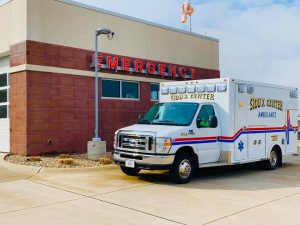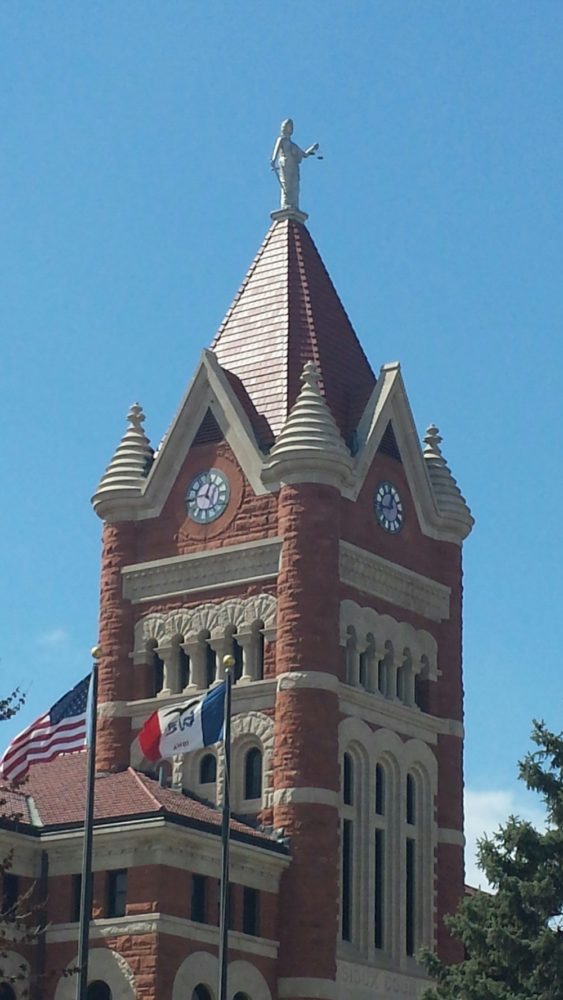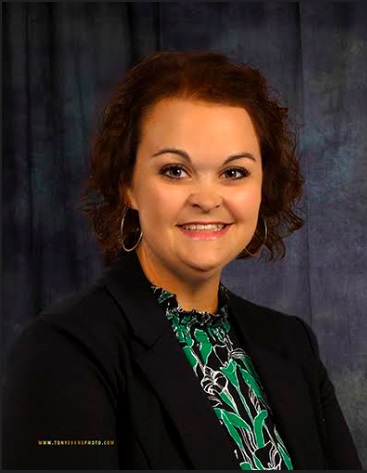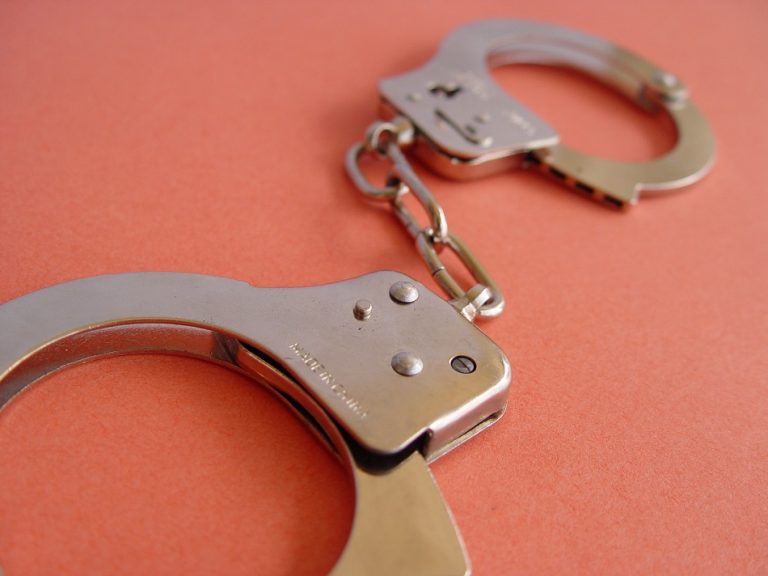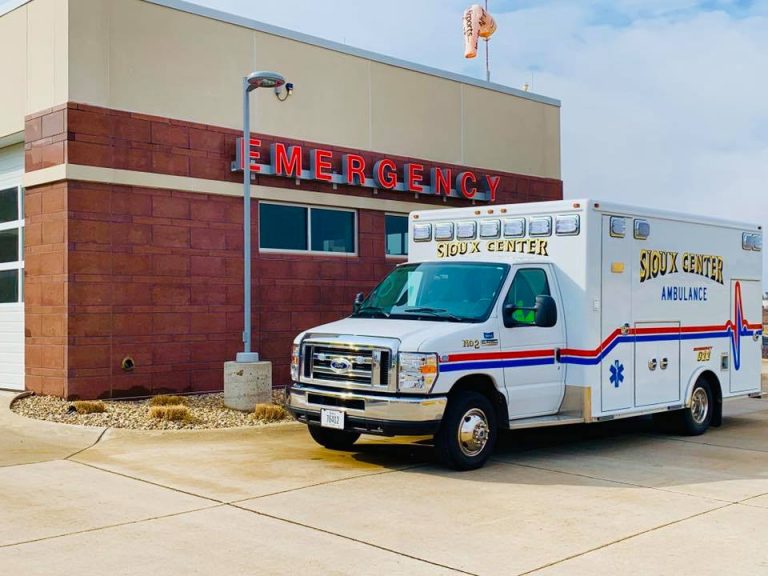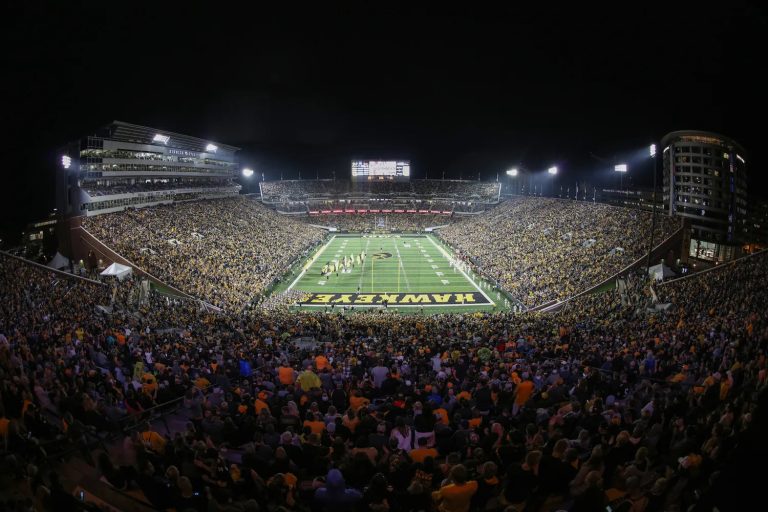Northwest Iowa — Contractors working for the State of Iowa are in the final stages of setting up a new radio system, not only for state agencies but for local agencies as well — and it will allow users to talk to anyone, across the state.
After 9/11, states around the country began building new radio systems so all emergency responders could communicate with one another. Iowa is among the last states to act.
Lieutenant Thomas Lampe is the Bureau Chief of the Iowa Department of Public Safety Communications Bureau. He tells us about the system, which will cost taxpayers $68 million over the next ten years. He starts by telling us the acronym for the new system.
He tells us that there’s one site left, which is up in our area — on an Iowa Public TV tower that had to be replaced to handle the extra weight of the system.
He says administratively there will be some paperwork that they have to sign off on, but it should be transmitting statewide except for the Rock Rapids site in 30 days. He says he’s been told the new tower should be up within a couple of months, but with the winter weather we’ve been having, he says, “we’ll see how they do.”
Lampe tells us that under the current systems, if a tornado hits a town and responders are coming from all over the state, they’re not going to have a way to talk directly with the responders in the town or with each other. The only way they can do that is to go through their separate dispatch centers. He says that under the ISICS system, all they’ll have to do is tune to the right channel, and everyone responding can talk with everyone else, or move off to a different channel on the system to limit traffic on the main channel assigned to the disaster. They can also remain in contact with their own dispatch, even if it’s all the way across the state. Plus, the town’s officers can continue to respond to routine calls on their main channel because it won’t be tied up with disaster traffic.
He says it’s great for other situations too. For storm spotting, storm spotters in one county can call other counties’ spotters directly and tell them what’s coming or ask what they can expect. Sometimes law officers need to call the DOT for a salt truck. With the new system, they can just call them directly.
Other experts tell us that sometimes a hazmat agency needs to be called in for instance. With ISICS, the responder could simply call them up on the radio, and they would respond. They wouldn’t need to be close to the area or anything: they could talk from wherever they are in the state. The same goes for calling state agencies in Des Moines or medical or military helicopters coming in. With ISICS, they can be called directly.
The interoperability issue of different radio systems is even more amplified across state lines, so if responders from Minnesota or South Dakota have to be called now, it all has to go through each agency’s dispatch. Lampe tells us the system designers have a solution for that as well.
Lampe says that each local agency will also be able to upgrade their day-to-day traffic to the ISICS system. But he says the state of Iowa is providing a “baseline” radio network. Cities and counties would have to pay for their own radios, plus extra for any add-ons that improve portable radio communications in basements and hallways.
According to Lt. Lampe, there is no timeline for local agencies to join. He says the old infrastructure — for a while at least — will be patched into the new system.
Lampe tells us that while the current VHF system has lasted on the order of 40 years, he expects the new system to last at least 20 years. He says the one caveat is that the old technology didn’t progress as rapidly as this new technology, so the lifespan remains to be seen. He says they have a service agreement with Motorola that the company will pay for repairs for ten years as part of the cost of the project.
The Iowa State Patrol and other agencies in the Departments of Public Safety and Transportation will switch over to the new system within a month or so, with local agencies switching as their boards desire, when the funding is available. Lampe says the switchover is not mandatory for local agencies. We have talked to local officials in our area in the last year. Some, such as O’Brien County are considering the upgrade, and others, such as Lyon County, have placed it on the back burner for now.
Listen to the full interview with Lt. Lampe below:

